OPS & TRAINING
S’PORE NAVY RESUMES OVERSEAS TRAINING, LEADS 8 SHIPS IN RIMPAC
31 Aug 2020
It’s the largest international maritime exercise, bringing together navies from all over the world to cooperate in complex missions. The Republic of Singapore Navy (RSN) takes on a bigger role in this year’s Rim of the Pacific (RIMPAC) Exercise, which was held entirely at sea due to the COVID-19 pandemic.
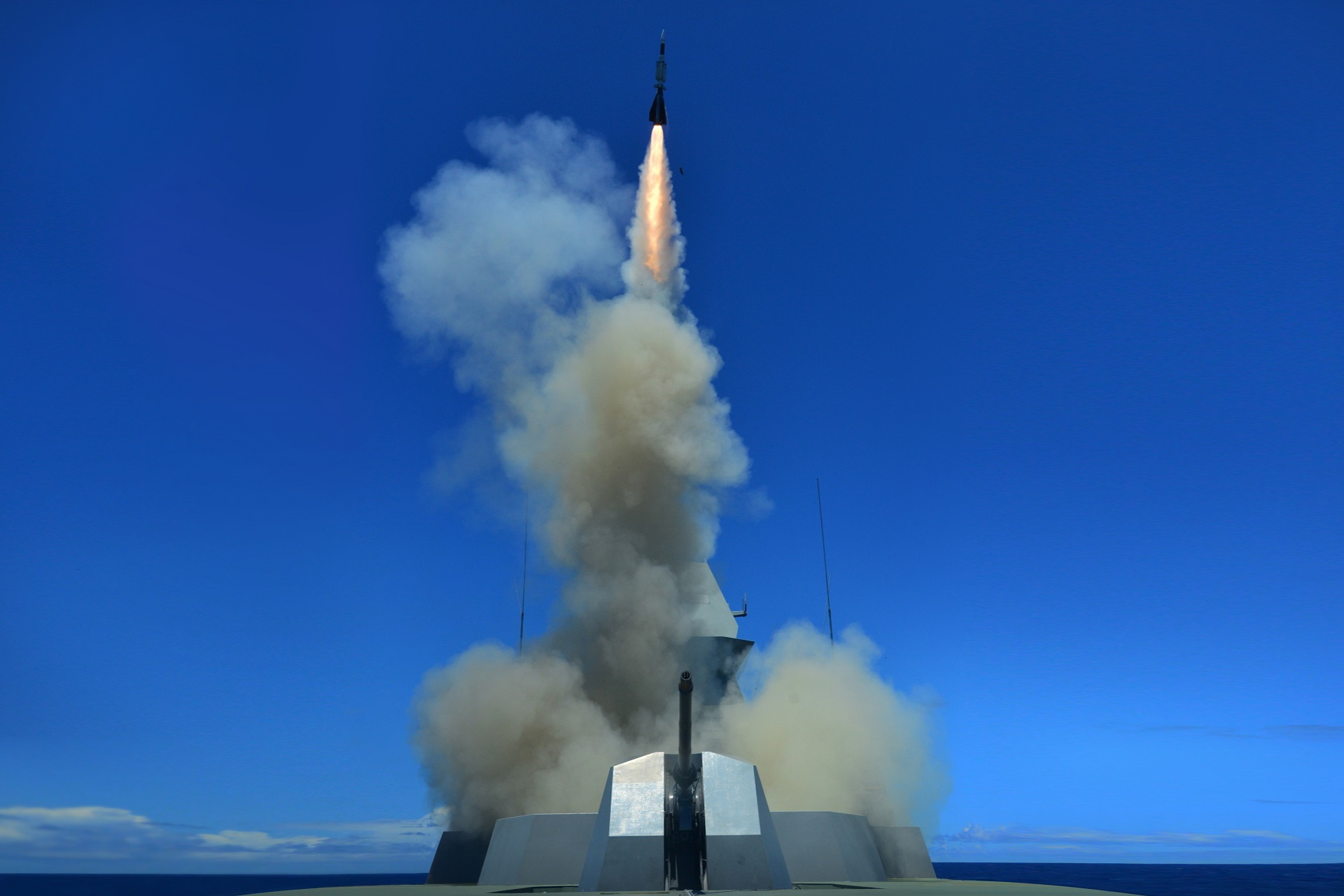
Held in the waters off Hawaii from 17 to 31 Aug (local time), this year's RIMPAC exercise involves 22 ships, one submarine, multiple aircraft and about 5,300 personnel from Australia, Brunei, Canada, France, Japan, Republic of Korea, New Zealand, Republic of the Philippines, Singapore and the United States (US).
To ensure the health and safety of the participants during the pandemic, the exercise was held completely at sea, with no physical contact among the various navies' crews. Planning and coordination were also carried out virtually through email and video conferencing.
Taking on the role of Sea Combat Commander (SCC), the RSN's Formidable-class frigate RSS Supreme was in charge of directing eight other ships from seven nations, in one of two task forces, in anti-surface and anti-submarine drills.
RSS Supreme was also the commander of its task group (TG2.1) and led three other warships from the Royal New Zealand Navy, Republic of Korea Navy and US Navy in anti-surface, anti-submarine and anti-air exercises as well as manoeuvring drills and underway replenishment (transferring supplies from one ship to another at sea).

RIMPAC 2020 marked the first overseas exercise that the RSN has participated in since the COVID-19 pandemic struck. Although the exercise had been scaled down from about 30 nations and more than 200 ships and aircraft in previous years' editions, training standards were by no means compromised.
Said Commander Task Group 2.1 and SCC Senior Lieutenant Colonel (SLTC) Choo Jui Yeang: "While this year's RIMPAC is smaller in scale, the activities that we are doing remains high-end, including missile firing, other live-firing and submarine interactions. The continuation of these activities shows the navies' confidence in operating with each other, even with COVID-19 restrictions in place."
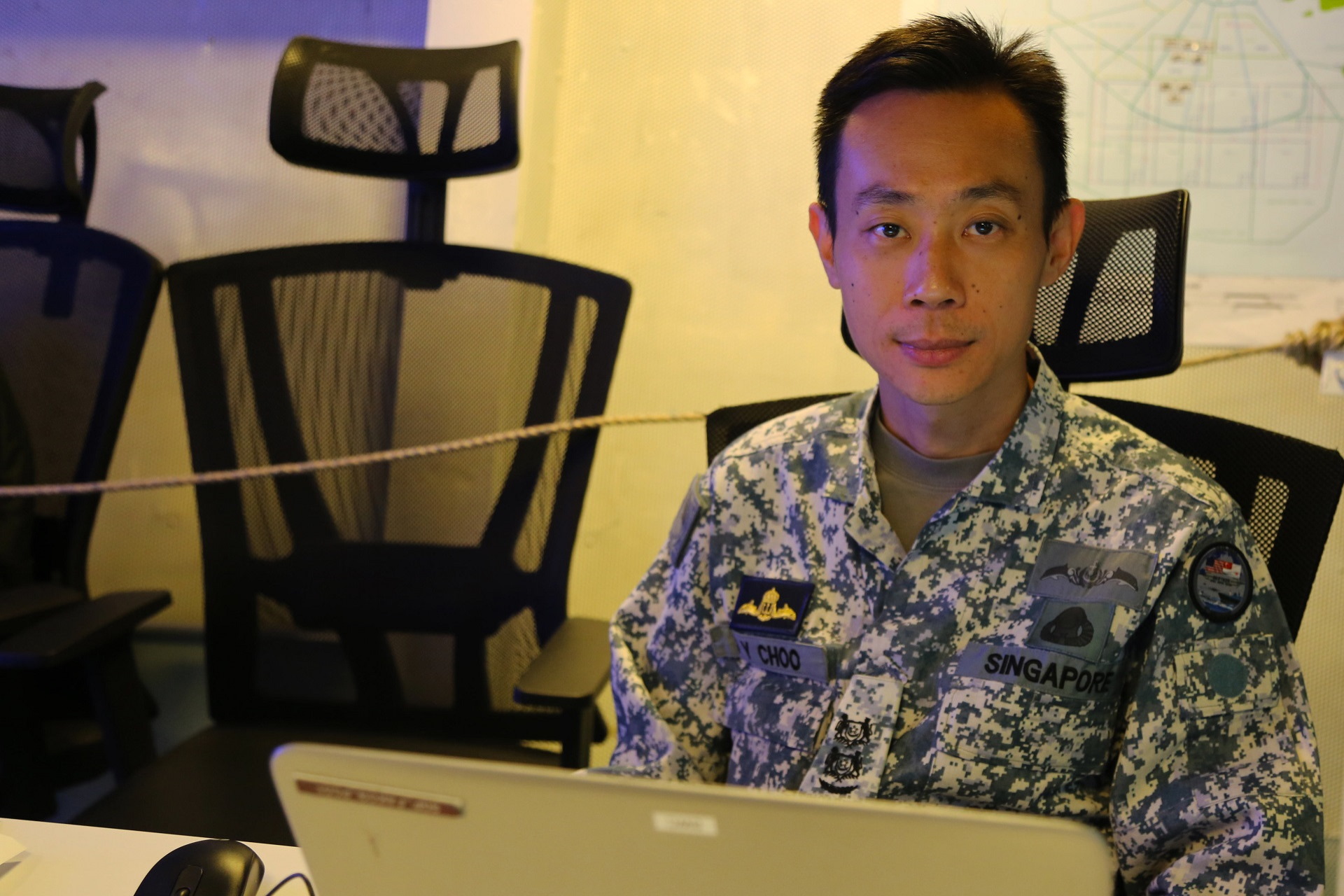
Vice Admiral Scott D. Conn, Commander of USN 3rd Fleet, shared similar sentiments: "Over the last two weeks, our formidable team of capable, adaptive partners has completed a wide range of training events, demonstrating our resolve and ability to operate together.
"Every event has been executed safely and every event has improved our ability to work together, better preparing us to face any challenge."
Building trust and communication
This was the fifth consecutive time the RSN was taking on a command role at RIMPAC. The experience has served the RSN well in its maiden foray taking on both SCC and CTG roles, said SLTC Choo.
In addition to insights and past processes that the current team could draw from, the good relationships that the RSN had built with other navies proved invaluable in leading and working together with them in this year's exercise.
"The previous experiences allowed us to build trust among the navies and strengthened our ability to communicate well with them. Especially this year (where the exercise is held without face-to-face interaction), our previous experience and good communication (with the other navies) helped us to take charge of ships effectively," SLTC Choo, 43, explained.
Training for the battle staff began earlier in the year, to prepare them sufficiently for their roles. "I am proud to say that I have a strong team to run the daily battle rhythm, executing current operations and looking ahead for future operations," said SLTC Choo.
As part of the exercise, RSS Supreme also successfully fired an ASTER surface-to-air live missile at a high-speed, sea-skimming target.
This was the first time that Weapon Control Systems Cluster Chief Military Expert (ME) 3 Eric Tan fired a live missile at such a target. Even with thorough preparation in their training and ship drills, they still had to be ready for any surprises during the actual live firing.
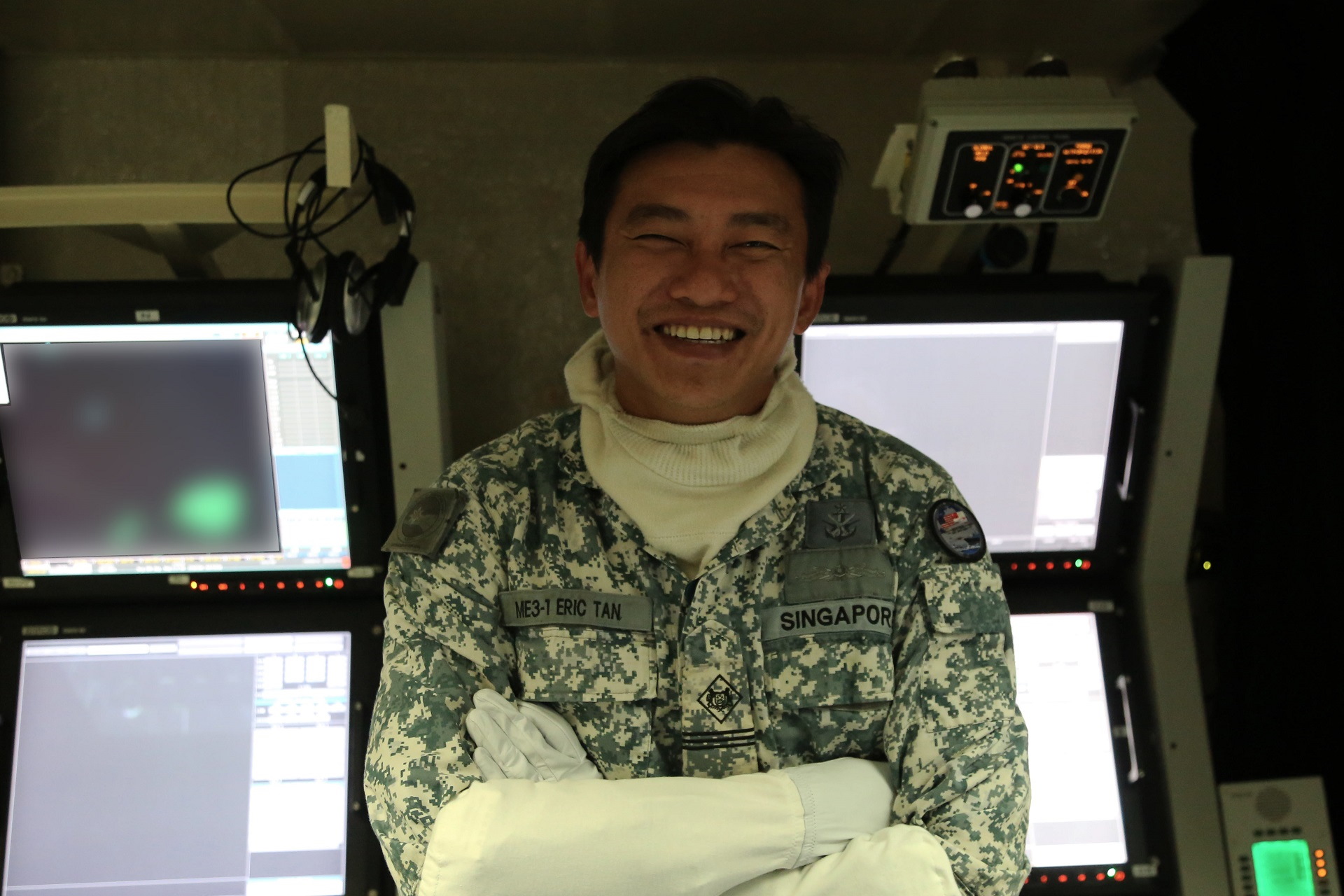
"The main challenge was to be ready to fire if something unplanned happens - for example, if the drone target deviates from its flight, or behaves in an unpredictable manner, or if we are unable to track the drone target.
"You can plan to fire in a perfect scenario, but you must also be ready for the unexpected. That was our approach - to train and be ready for a range of scenarios so that we wouldn't be caught by surprise," said the 41-year-old.
Other seamanship serials that the crew carried out during the exercise included boat deck operations, where they practised lowering and recovering the Rigid Hull Boat, and underway replenishment. To conduct the underway replenishment, the crew had to spend hours on RSS Supreme's deck as replenishing ships came within metres to pass lines and transfer fuel.
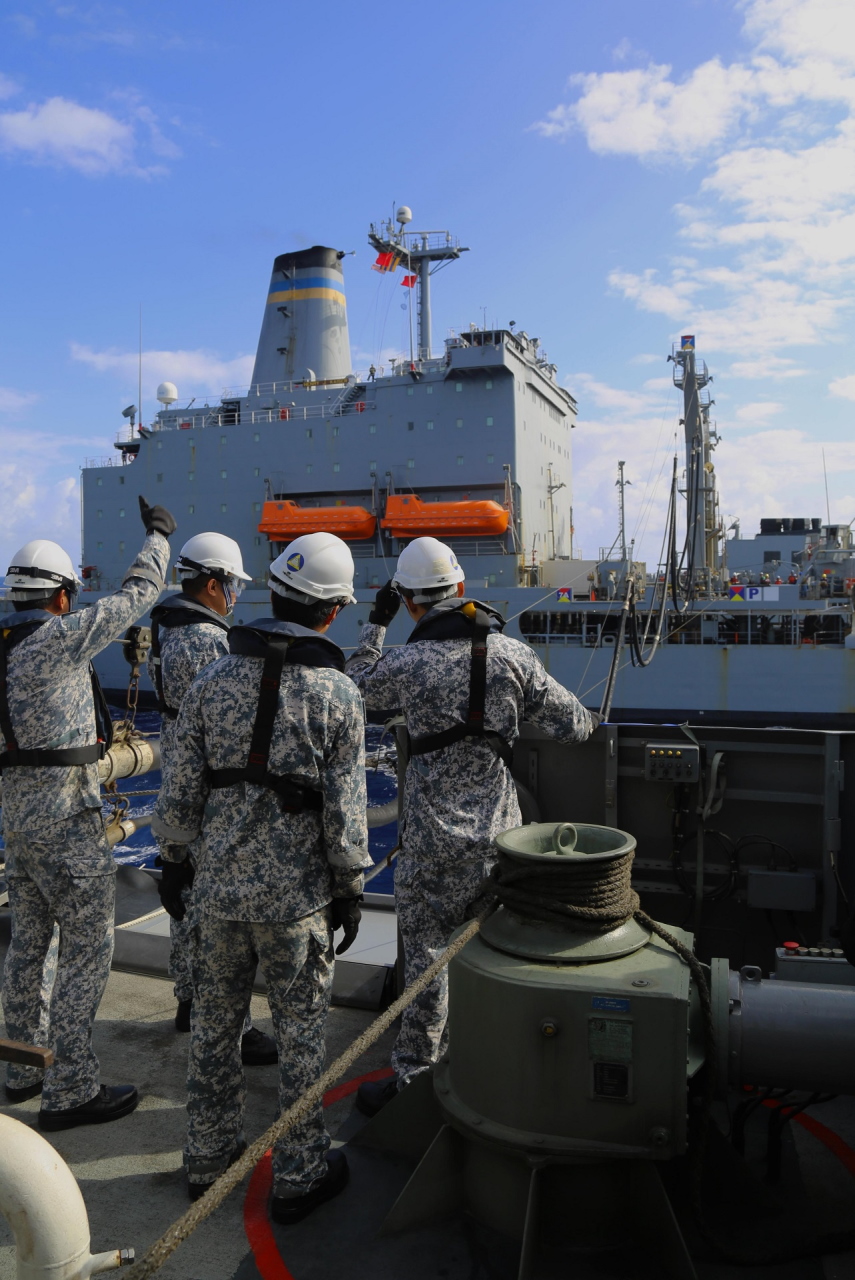
Staying healthy and keeping morale up
In this year's RIMPAC, the crew of RSS Supreme embarked on one of their longest sails to date - spending a total of 67 consecutive days onboard the ship without any shore leave! This was to reduce the crew's risk of infection during the exercise.
To help the sailors stay focused on the mission and keep their morale up throughout the long deployment, Commanding Officer Lieutenant Colonel (LTC) Chua Eileen made sure to look out for three aspects.
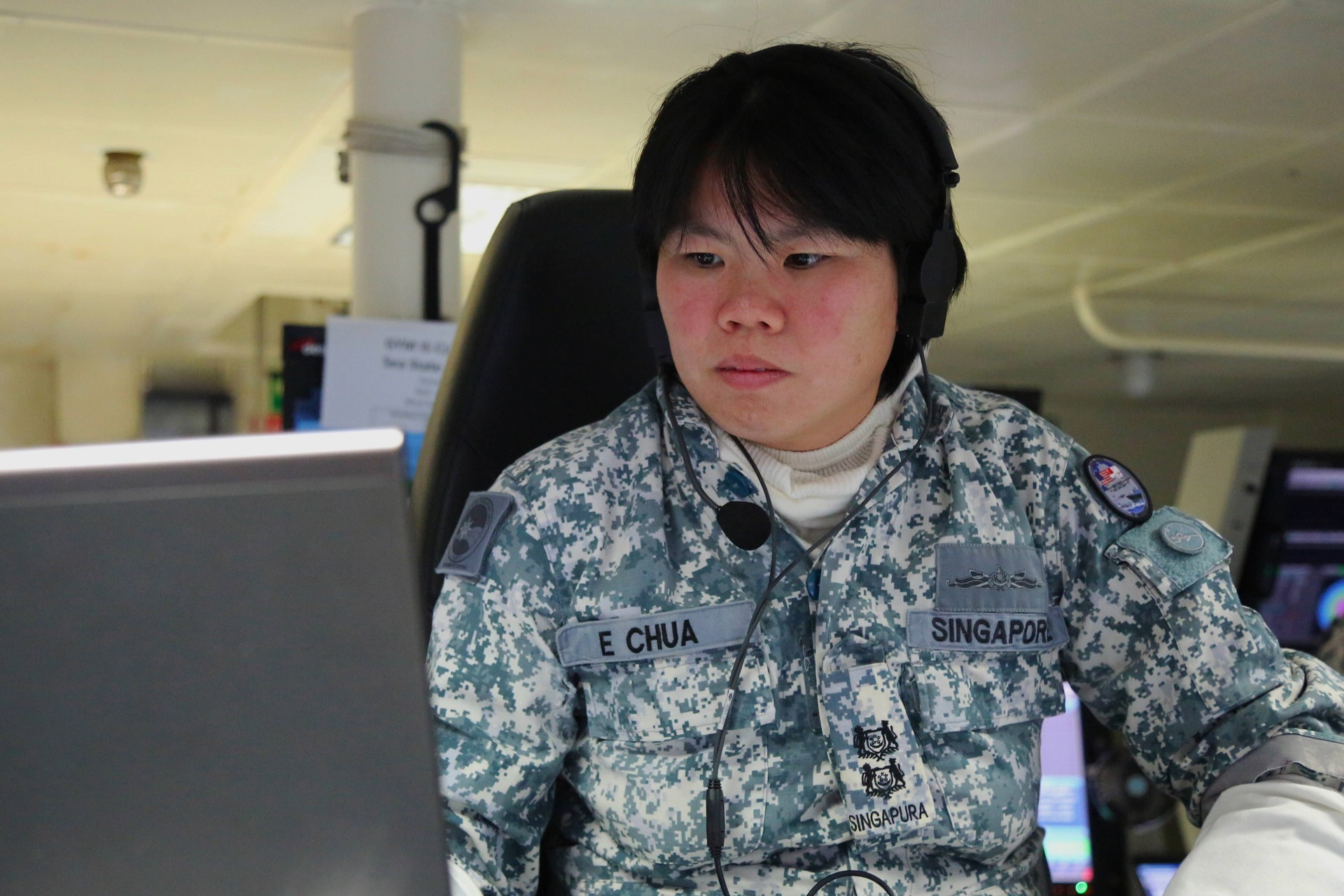
"The first is to have a team that has a clear and strong sense of purpose and takes care of one another; the second is to make sure there is good food (on board the ship) to keep morale high; and the third is to ensure that the crew has a good family support network back home - this is especially important in these uncertain times," said the 35-year-old.
She added that the ship had put in place a very deliberate medical plan: "(We enforced) proper hygiene measures and robust medical protocols to ensure that the crew was COVID-free before they were deployed, and remain so throughout the deployment."
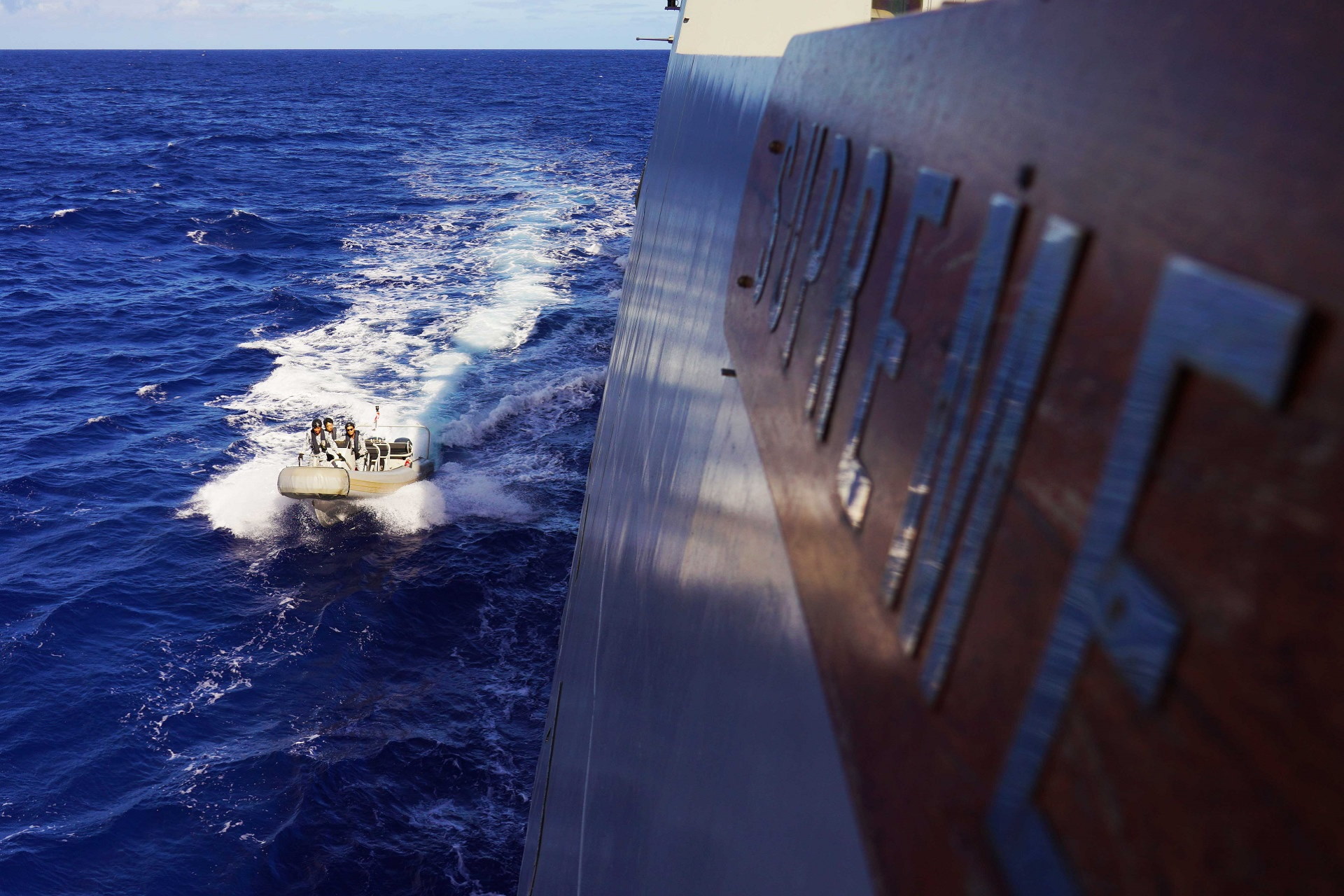
Weapons Systems Cluster Chief ME3 Suresh s/o Subramaniam understands the importance of keeping spirits high during a long sail.
Ten years ago, he was involved in the work-up training and preparation for RIMPAC 2010, but was unable to sail for the exercise due to family constraints. This time around, he put his experience to good use - not only in ensuring that his team observes the procedures for gunnery safety during the mission, but also in keeping them motivated throughout the deployment.
"Before sailing, I explained the importance of this deployment to my team, and offered my assistance if they needed to make arrangements (at home) while we were away. During the exercise, the ship planned mini-cohesions; we also celebrated birthdays while sailing, with the chefs cooking special local dishes."
The father of three, whose twins had just started Primary One this year, was thankful for his wife's support and assurance on the home front. "It is important for the RSN to participate in RIMPAC (even during the pandemic) because we want to maintain our relationships with partner navies. We also need to continue to grow and learn as a navy, and these exercises are a great opportunity to come together and do this," said the 38-year-old.
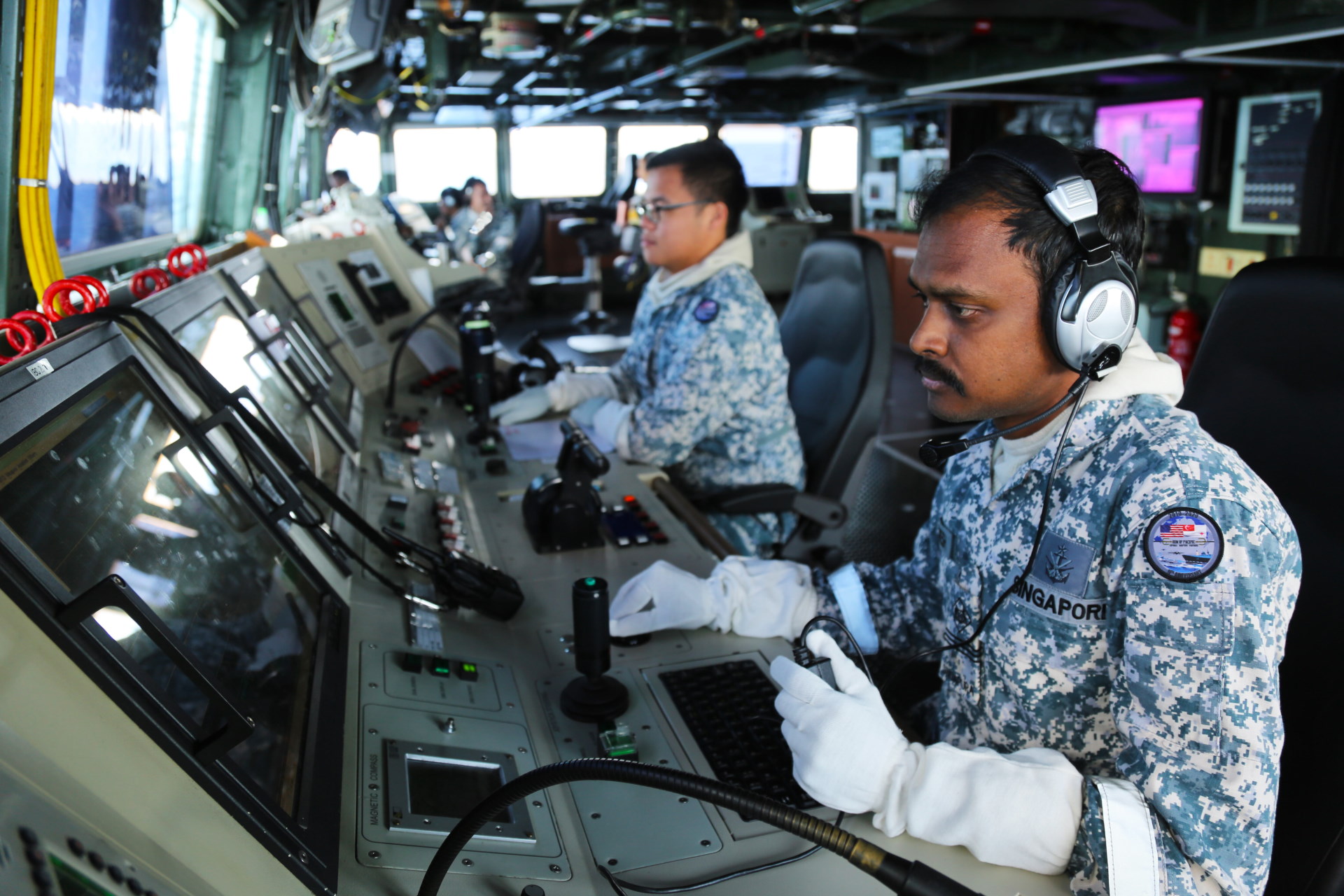
LTC Chua agreed: "The RSN's mission includes protecting Singapore's sea lines of communication and contributing to regional peace and security. Joining RIMPAC allows us to do just that: we are able to demonstrate strength and exercise our capabilities as a form of deterrence, as well as foster stronger ties with like-minded navies through cooperation at sea.
"Our mission doesn't take a break because of a pandemic. In fact, what we do is all the more important in times of crisis."
ALSO READ IN OPS & TRAINING

Exercise Wallaby 2025: To see better, shoot faster
31 Oct 2025
The SAF focuses on complex strike missions and multi-domain integration in Exercise Wallaby 2025, the 35th edition of its largest unilateral overseas exercise.

Ex Wallaby 25 – Greater Integration and Complexity
25 Oct 2025
The 35th edition of the SAF’s largest unilateral overseas exercise is an opportunity for expanded scale and deeper integration towards an effective, networked fighting force.

Ex Forging Sabre ramps up use of unmanned assets in integrated strike operations
12 Sep 2025
In this 10th edition of Exercise Forging Sabre, the SAF sharpened its cutting edge for the dynamic modern battlefield, with expanded integration between manned and unmanned platforms.


